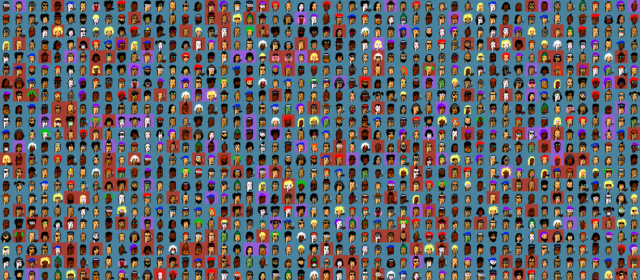The Dawn of the Digital Age is Upon Us: Is Artificial Intelligence a Substantial Threat to the Law in the Twenty-First Century?
- Jamie Donnelly

- Nov 22, 2022
- 32 min read
Updated: Mar 11
Introduction
There has been an epochal shift from the traditional industries established by the Industrial Revolution, including hand production methods in machines[1], to a post-Industrial Revolution economy based upon information technology, widely known as the Digital Age.[2] Lord Sales has referred to computational machines as ‘transformational due to their mechanical ability to complete tasks…faster than any human could’.[3] The twenty-first century has seen an enhancement in human innovation, and the world of law is being forced to change. Legal practice has become more technology-centric, allowing for law in theory and in practice to keep abreast of society. This article explores how technology, specifically AI, has evolved through the digital age.
Firstly, it will explore how the evolution of AI has warranted a cataclysmic shift in the law. Then, in chapter two, it will illustrate the challenges which AI has posed and which it has the potential to create for the law. In so doing, it will identify how AI could pose a substantial threat to the law. In chapter three, however, solutions to the issues that AI poses will be addressed and analysed.
Undoubtedly, AI can be a substantial threat to the law. Nonetheless, this article aims to illustrate that human creativity must not be underestimated. If used correctly, AI could change how law functions in the twenty-first century for the better. This article explores various theoretical aspects of how AI and the law interact with society, focusing in particular on Lessig’s Law of the Horse[4] and the new revelation of the Law of the Zebra.[5] It further treats the concept of technological exceptionalism and how this theory has allowed for the progressive evolution of AI.




